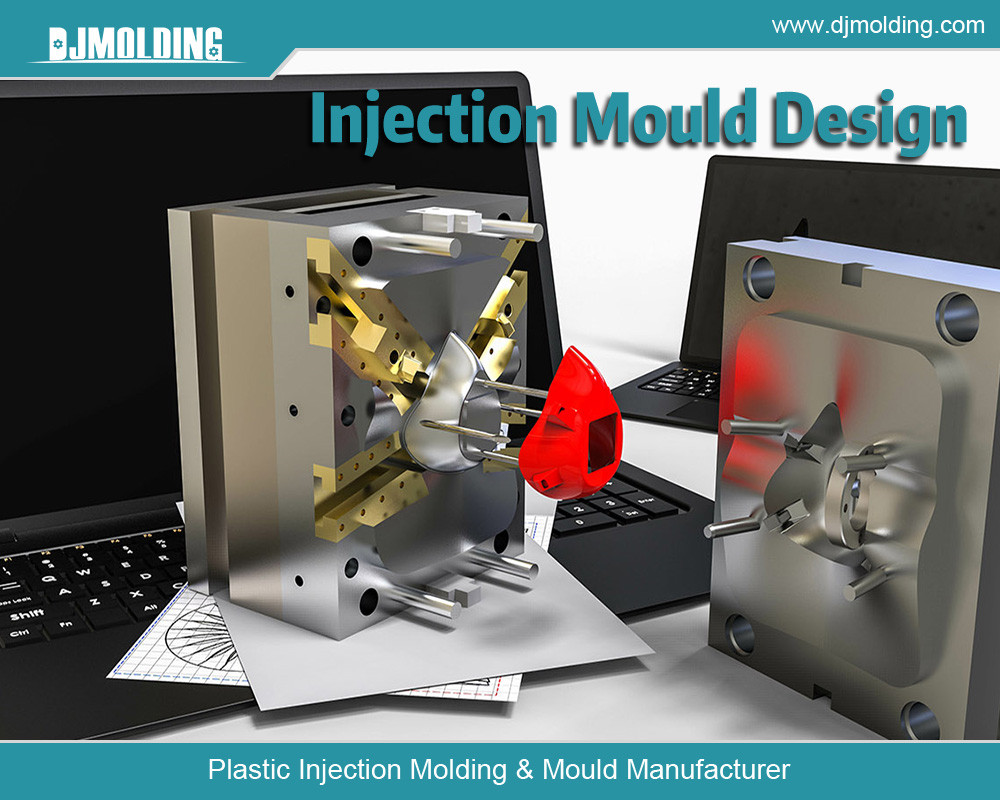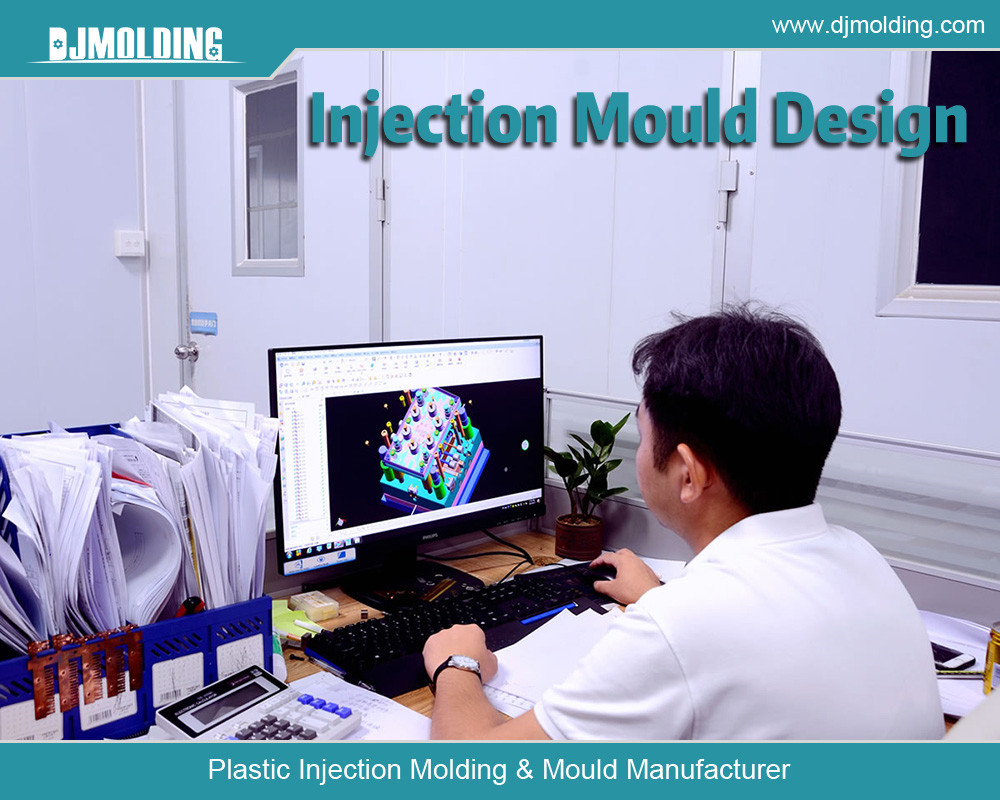Liquid Silicone Rubber (LSR) Injection Molding And LSR Injection Moulding Introduction
Liquid Silicone Rubber (LSR) Injection Molding is a popular manufacturing process for producing high-quality silicone parts. It is widely used across various industries and offers several advantages over other molding processes. This blog post will introduce LSR injection molding and discuss its benefits, applications, and factors to consider when optimizing the process.

Introduction
Injection molding is a popular manufacturing process for producing a wide range of products. It involves injecting molten material into a mold cavity to create a desired shape. Various industries widely use injection moldings, such as automotive, medical, aerospace, and electronics. Liquid Silicone Rubber (LSR) Injection Molding is a type of injection molding process used to produce silicone parts. It offers advantages over other molding processes, such as increased efficiency, lower costs, and improved part quality. This blog post will provide an overview of LSR injection molding and its benefits.
What is Liquid Silicone Rubber (LSR) Injection Molding?
Liquid Silicone Rubber (LSR) injection molding is a manufacturing process that produces flexible and durable silicone rubber parts and components. LSR is a two-part liquid material consisting of a silicone polymer and a crosslinker. The LSR material is mixed and injected into a mold cavity using a specialized machine in the injection molding process. The mold, typically made of high-grade steel, determines the final shape and features of the product. After injection, the LSR material undergoes a curing process, solidifying it into the desired shape. LSR injection molding offers advantages such as high precision, reproducibility, minimal waste, and the ability to create complex geometries. Industries like automotive, healthcare, electronics, and consumer goods widely utilize injection molding, as they highly seek the properties of silicone rubber, including heat resistance and chemical compatibility.
Benefits of Liquid Silicone Rubber (LSR) Injection Molding
LSR injection molding offers several advantages over other molding processes, such as:
- Improved Part Quality: LSR injection molding produces high-quality silicone parts with a smooth finish and excellent dimensional stability. The process allows for tight tolerances and has features with consistent properties.
- Reduced Cycle Times: LSR injection molding allows for faster cycle times than other processes. The fast cure time and lower temperature requirements of the LSR material contribute to reducing the overall cycle time.
- Lower Costs: LSR injection molding can be more cost-effective than other molding processes, especially for high-volume production runs. The process allows for efficient material utilization, reduced labor costs, and faster cycle times.
- Increased Efficiency: LSR injection molding is a highly efficient process that allows for high-volume production runs. The process is automated, reducing the need for manual labor and improving production rates.
- Versatile: LSR injection molding can produce various parts with varying degrees of complexity. The process is suitable for making parts with thin walls, intricate geometries, and over-molding.
Applications of Liquid Silicone Rubber (LSR) Injection Molding
Various industries, such as automotive, medical, aerospace, and electronics, use LSR injection molding. It is suitable for producing a wide range of parts, including:
Seals and Gaskets
- LSR injection molding produces high-quality seals and gaskets for various applications, including automotive engines, medical devices, and electronic enclosures.
- Consumer Products: LSR injection molding produces a wide range of consumer products, such as phone cases, baby products, kitchen utensils, and personal care items. The flexibility of LSR injection molding allows for producing soft, durable, and safe consumer products.
- Medical Devices: LSR injection molding is widely used in the medical industry to produce various medical devices and components. These applications include silicone tubing, valves, seals, surgical instruments, and implantable devices. LSR’s biocompatibility, serializability, and chemical resistance make it ideal for medical applications.
- Automotive Parts: LSR injection molding is employed in the automotive industry to produce critical components such as seals, gaskets, connectors, and electrical parts. The excellent heat resistance, low compression set, and durability of LSR make it suitable for demanding automotive environments.
- Electronics: LSR injection molding produces electrical connectors, keypads, insulation components, and sealing elements for electronic devices. LSR’s excellent electrical insulation properties, thermal stability, and resistance to moisture and chemicals make it a preferred choice for electronic applications.
Factors to Consider in LSR Injection Molding
Several factors contribute to the success of LSR injection molding. These include:
- Mold Design: Proper mold design is crucial for optimal part quality and efficient production. To prevent defects and ensure consistent part dimensions, designers must carefully consider gate placement, cooling channels, and venting factors.
- Material Selection: Choosing the suitable LSR material is essential for meeting the specific requirements of the intended application. When selecting the LSR material, one should consider hardness, color, transparency, chemical resistance, and thermal stability factors.
- Process Optimization: Fine-tuning the injection molding process parameters is essential for achieving consistent part quality and production efficiency. One must optimize parameters such as injection speed, temperature, pressure, and curing time based on the specific LSR material and part geometry.
- Post-Curing: Post-curing the molded parts can enhance their physical properties, such as hardness, strength, and heat resistance. The specific LSR material and part requirements dictate that you determine the proper post-curing methods and conditions.
- Quality Control: Implementing robust quality control measures throughout the LSR injection molding process is crucial for ensuring consistent part quality. These activities include regular inspections, critical dimension measurements, material properties, and performance testing.

Conclusion
Liquid Silicone Rubber (LSR) Injection Molding is a highly versatile and efficient manufacturing process for producing high-quality silicone parts. Its numerous benefits, including improved part quality, reduced cycle times, lower costs, and versatility, make it a preferred choice in various industries. LSR injection molding finds applications in automotive, medical, electronics, and consumer product sectors, offering solutions for different components. By considering factors such as mold design, material selection, process optimization, post-curing, and quality control, manufacturers can maximize the benefits of LSR injection molding. Embracing this advanced molding process can enhance product performance and increase efficiency and overall success in manufacturing endeavors.
For more about liquid silicone rubber (lsr) injection molding and lsr injection moulding introduction,you can pay a visit to Djmolding at https://www.djmolding.com/liquid-silicone-rubberlsr-injection-molding/ for more info.
Article Original From: https://www.djmolding.com/liquid-silicone-rubber-lsr-injection-molding-and-lsr-injection-moulding-introduction/